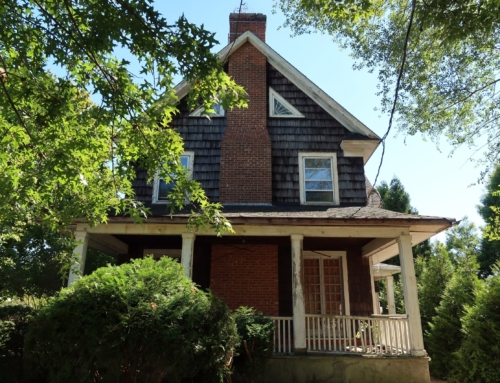These days, you’re lucky if you can get in to see a property before it goes under contract.
With that kind of pressure, every minute of every showing counts. And depending on how hot the market is your neck of the woods, you may need to make an offer based on a single showing.
Here’s how to make the most of the time you have inside a prospective home:
- Be objective.
The most important thing you can do when you get to a home is to be objective. The idea is to push away all of your emotions and really concentrate on the size, condition and amenities the property offers.
For this purpose, the property isn’t a condo, townhome or single family house. It’s a physical dwelling with four walls, floor, roof, garage and perhaps some outdoor space.
Agents say first-time buyers often get caught up in the moment. But instead of rushing through your showing, take your time. Make sure you inspect all of the nooks and crannies of the home, such as looking inside closets, turning on the appliances, and picking up the corners of area rugs to make sure the floors are in good shape.
While your instinct may be to look for an emotional connection to your next home, you’ll end up making a better choice if you focus your energy on looking at what you’re really buying for your money.
- Look beyond the decorating.
Some home buyers get distracted by decorating. What ends up happening is they fall in love with the way someone has made the home look and feel – only to be disappointed when they move in with their own furniture.
If you’re only going to get one look at a home, you’d better make sure it meets your needs and wants. To do that, you’ll need to look at the home’s “bones,” or structure, rather than at what color the trim and walls were painted.
One way to keep yourself focused is to create a list of “must haves.” These are the items that you absolutely have to have in order to live, including the number of bedrooms, bathrooms, parking spaces, size kitchen, separate dining room, home office, or whatever else you deem important.
If the house you look at doesn’t include your basic minimum “must have” list, you may want to cut the showing short and move on – before you get emotionally attached to the curtains.
- Check out the condition.
The home itself might be wonderful, but if it has aging appliances and mechanical systems that will need to be repaired, it could wind up costing you a whole lot of money you hadn’t planned on spending.
While it’s too expensive to hire a professional home inspector to accompany you on each first showing, you can look around for signs of trouble yourself.
Check for the following: water stains on the ceilings, walls or floors; cracked window panes; appliances and electrical fixtures that don’t work; central air conditioning compressors and hot water heaters that are rusted out or look like they’re from another era; poor water pressure; leaking faucets; warped floors and cracked floor tiles; foundation cracks that are greater than 1/8 inches wide; and damp, moldy basements.
While almost none of these items individually may be enough to tank your interest in a property, they should be a sign that if you buy this home, there will be maintenance issues you’ll have to deal with, undoubtedly sooner rather than later.
- Second showings.
If you’re lucky enough to get a chance to see the home again, you’ll want to spend time in advance of the showing thinking about what attracted you to the home in the first place.
When you go back for a second look, compare your notes about the home with the reality. Does it compare favorably with how you remembered it?
This is also the time to really look at room sizes, and how your furniture might work in the home. Prepare for this showing by taking the dimensions of some of your favorite pieces of furniture or rugs. When you go to the home, bring a measuring tape.
If the home is going to work for you, it should also work for the furniture you plan on bringing with you.






Leave A Comment